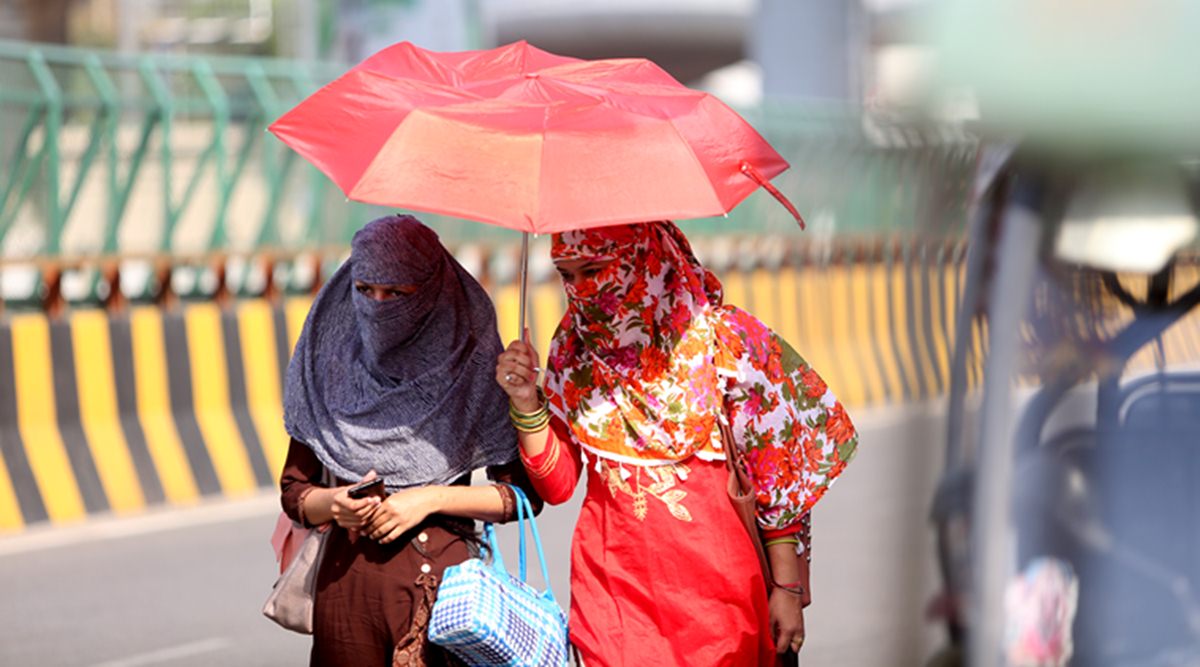 All these events during the five decades collectively led to an estimated economic loss to the tune of $99 billion, of which floods accounted for $60 billion and cyclones accounted for $ 22 billion.(Express/Representational)
All these events during the five decades collectively led to an estimated economic loss to the tune of $99 billion, of which floods accounted for $60 billion and cyclones accounted for $ 22 billion.(Express/Representational) A study of the highest mortality rates due to extreme weather events in India, conducted by the Ministry of Earth Sciences (MoES) and others, has revealed that floods, heat waves and lightning incidents case the most fatalities, and such incidents are reported mainly from Odisha, Andhra Pradesh, Assam, Bihar, Kerala and Maharashtra.
The joint study, involving scientists from the ministries of Earth Sciences, and Agriculture and Farmers’ Welfare, along with Jawaharlal Nehru University, analysed 7,063 extreme weather events recorded between 1970 and 2019, which claimed 1,41,308 lives. But the share of deaths caused due such extreme weather in India was 0.038 per cent of all mortalities reported in the country.
All these events during the five decades collectively led to an estimated economic loss to the tune of $99 billion, of which floods accounted for $60 billion and cyclones accounted for $ 22 billion.
The most frequent event was flooding, which, along with heat waves and lightning, remained the top killer among extreme weather events in the country, the study published in the journal Weather and Climate Extremes of Science Direct highlighted.
As a result, deaths associated with floods accounted for 46.1 per cent of deaths caused by extreme weather events, making it further significant given that previous studies have shown a rise in extreme rainfall events along the central India regions, observed between 1950 and 2000.
According to the study, 28.6 per cent mortality was due to tropical cyclones followed by heat waves – 12.3 per cent, cold waves – 6.8 per cent and lightning – 6.3 per cent. Heat waves mostly affected Uttar Pradesh, Odisha, Bihar, and Rajasthan, whereas cold waves were common over Bihar, Uttar Pradesh and Jharkhand.
But an improved forecasting system and observational networks supported by information dissemination helped bring down the fatalities significantly. The decadal variation mortality rates show that deaths due to cyclones, floods and cold wave had decreased by 94 per cent, 48.5 per cent and 17.1 per cent, respectively.
The mortality rates, however, showcased an increasing trend with respect to heat waves, 62.2 per cent, and lightning, 52.8 per cent, during the last five decades.